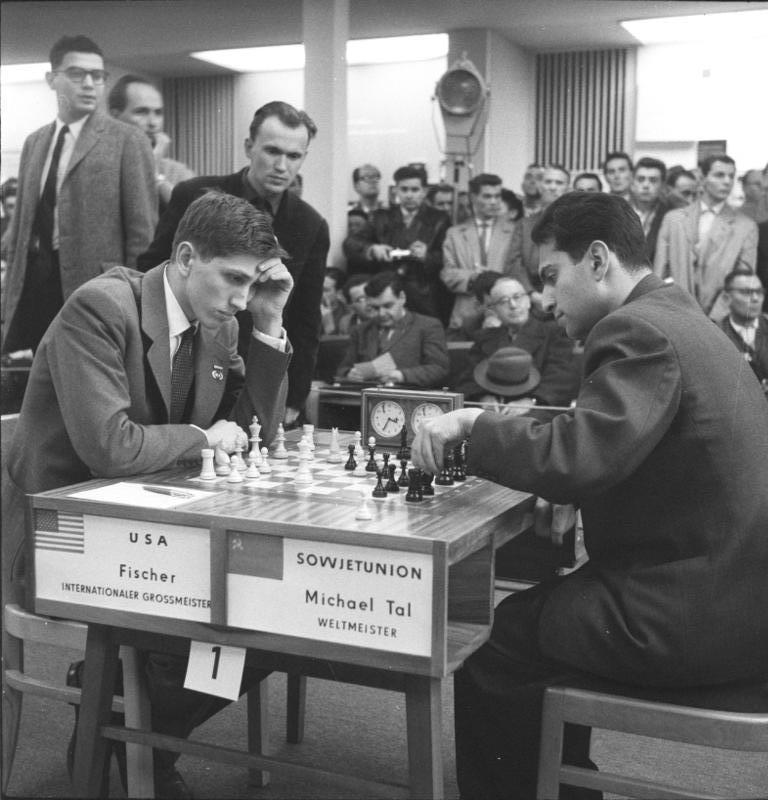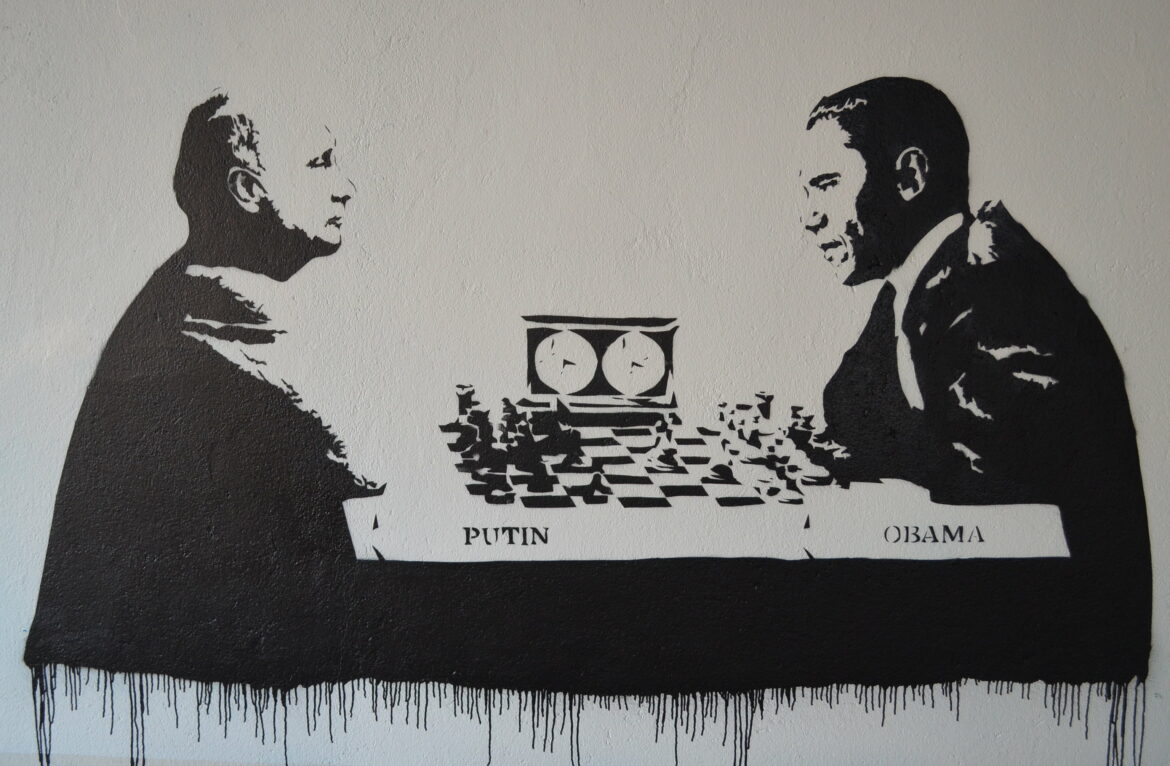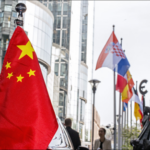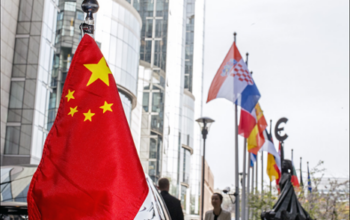Whilst reading a newspaper, one will often stumble upon catchy headlines such as “What Is the End Game of US-China Competition?” (The Diplomat), “Russian lawmaker on US-China power game: Don’t play us ‘as a card’” (Nikkei Asia) or “Erdogan’s great game: The Turkish problem on the EU’s doorstep” (The Financial Times). Each of these examples makes use of a metaphor depicting politics as a game of some sort. Of course, those headings are phrased as enticing as possible to win the reader’s interest. But by the same token, they subtly (and, most likely, unintentionally) reveal a core feature of political theory and practice.
It is not by a whim of nature that state leaders, transnational corporations and even whole nations are repeatedly referred to as “players” within the discourse of global politics. There is even an entire political and economic theory which is built around the analogy of politics as a game, the classic game theory. Scholars of International Relations, for example, make frequent use of this theory to showcase how international conflict and other political phenomena occur as a result of decisions made by people.
This politics-as-a-game allegory is even further underpinned by one of the oldest and most successful games known to humankind. Chess, which used to be especially popular among the Shahs of Persia and has since enjoyed great renown as a sophisticated leisure time activity of known politicians and state-leaders (Napoleon, Queen Elisabeth II, Willy Brandt and Jimmy Carter to only name a few), is currently enjoying a revival even outside political circles (which, to be fair, might have to be accredited to the less sophisticated leisure time activity of us mortals watching The Queen’s Gambit on Netflix, an exceptionally well-made show that follows the life of an orphan chess prodigy, Elizabeth Harmon, during her quest to become the world’s greatest chess player).
Chess is often described as a battle-game, during which both players are attempting to beat their opponent by taking down the king. But the king is of course very well protected and in order to get him into a position from which he cannot flee anymore (to put him in checkmate), you need to move around your pieces on the board tactically and follow a thought-through strategy. It is important to think long-term and often it is an enduring, nerve-racking process during which many victims and losses will occur.
Basically, chess is a miniature version of world politics. This might explain its frequent use among journalists, since the usage of chess terminology is an easy yet helpful way of breaking down complex events into vivid game metaphors. This comes in especially handy when trying to make sense of geopolitical issues.

Even though the Cold War was officially frozen for good by 1991, a new tension between the East and West has become more and more visible. With the difference however, that the Soviet Union has now been replaced by the new warily observed opponent of the US: China. Since 2013, China has massively invested into the establishment and expansion of its intercontinental trade and infrastructure networks. Within the framework of the One Belt, One Road initiative (BRI), China is subtly yet determinedly reaching for a shift in the balance of power among the world’s political players in its own favour. What on the surface seems to be nothing more than an infrastructure project, is actually an immense use of soft power executed by the Chinese state.
To translate this into the world of chess: If the US hegemony was the black king on the chess board, even though still well-protected by its many pawns of economic and military superiority, the white army, China, would be bringing its figures in a seemingly innocent, yet threatening position …
One of the many “points of attack” of the BRI that China is working on can be found in Nicaragua. Through a country that is rather rarely mentioned in the major international headlines, China is building a canal with the purpose of connecting the Atlantic and the Pacific Ocean. This is neither a new nor a groundbreaking project, since it has already been realized in close proximity to Nicaragua. The Panama Canal has the exact same purpose and has furthermore already been in place since 1914. Why are the Chinese building another one, you ask? Remember: in chess, no unnecessary moves are made. They all have a purpose and follow a grand strategy. In this case, it is to pose a direct threat to the US which is a great ally of Panama. Together, the American and Panamanian marine are securing the Panama Canal. So even though the canal itself is an internationally neutral corridor, its passage depends on the benevolence of the US.
Of course, as an ambitiously ascending superpower, China does not put up with that and instead simply builds its own canal.
Yet, Central America is not the only arena where the two world powers are settling their disputes. China’s massive BRI investments in Africa, for example, have been given much more attention in the international press coverage. It is nevertheless crucial to maintain a global perspective, in order to keep track of all the moves the two grand masters are making during this enthralling game of East versus West.
Related articles:
A game of chess at the Greek-Turkish border
Between waters: the dilemma of the Nicaragua Canal
Photo credits:
Putin vs Obama by Svenn Sivertssen (CC BY-NC-SA 2.0)
Bundesarchiv, Bild 183-76052-0335 by Ulrich Kohls (CC-BY-SA 3.0)










